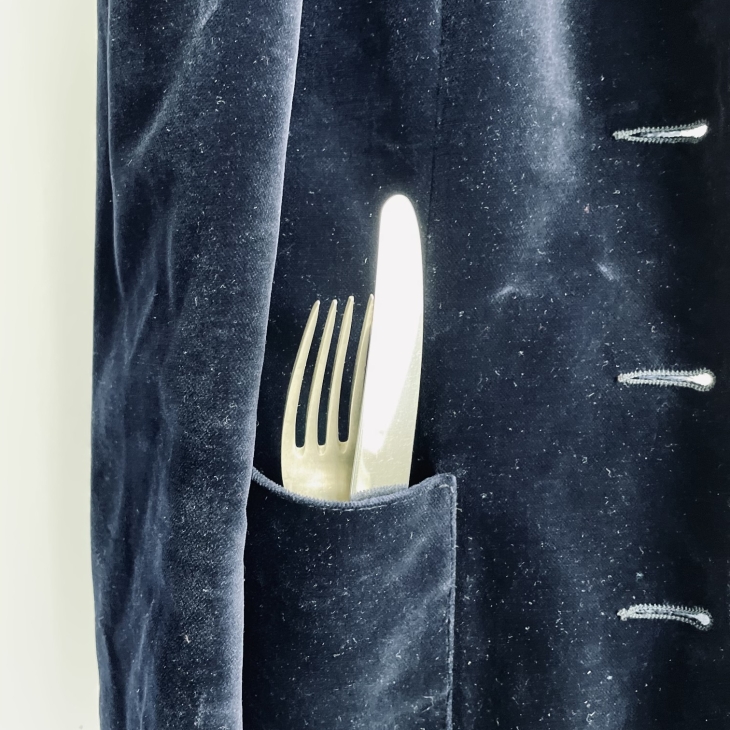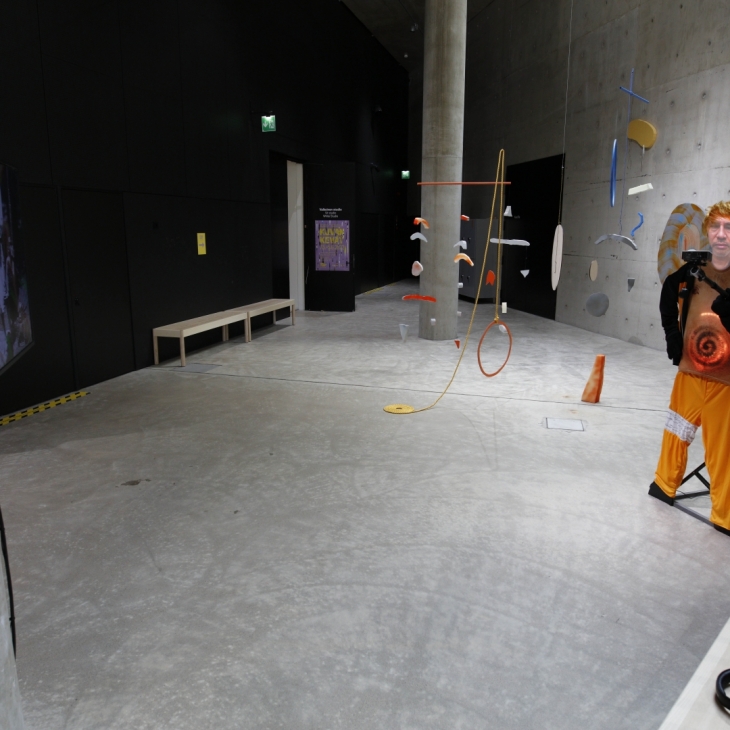(5) items in your cart

Price: €770




Giclée print on Hahnemühle Photo Luster.
“Rožinis” explores themes of gender duality, androgyny, and the societal rejection of non-conforming identities. The artwork uses the color pink as a symbol of both masculinity and femininity, tracing its historical shifts in meaning—from a mark of male power in the 14th century to a post-WWII symbol of femininity and gender stereotypes. The piece addresses ongoing discrimination against LGBTQ+ individuals, highlighting how rigid binary gender systems still dominate modern political and cultural landscapes. It critiques the regression of human rights and warns against the re-emergence of oppressive ideologies, drawing parallels to Soviet-era censorship and identity suppression. Ultimately, “Rožinis” is a personal protest and call for freedom, visibility, and dignity. The color pink becomes a political statement—soft yet powerful—representing the right to exist authentically and without fear.